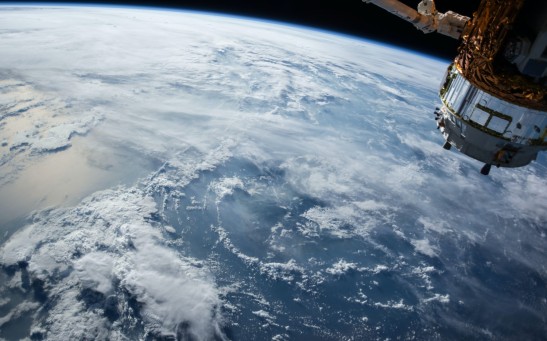lava flow
Next Stop for Curiosity Rover? Lava Mound May Hold Answers to Ancient Martian Lava Flows
What’s the Worst Case Scenario? Hawaii’s Kilauea Lava Flow
Most Popular

How Technology Is Changing the Real Estate Industry?

Study Reveals High Turnover in Scientific Research Careers: What This Means for Future Scientists

How a Plant-Based Diet Can Protect Against Breast Cancer: Insights from Nutrition Research

Why It's So Difficult to Lose Weight: The Biological Explanation Behind Obesity






